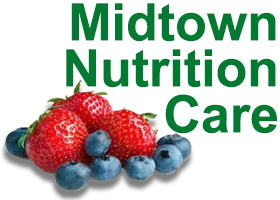PROCESSED FOOD
Processed food refers to any food that has been changed from its original form. Cutting, washing, pasteurizing, dehydrating and packaging are all forms of food processing. Adding preservatives to lengthen the shelf life of a food is also a type of food processing. There are 4 levels of processed foods.
LEVEL 1: MINIMALLY PROCESSED
Anything that has been pasteurized, dried, frozen, vacuum sealed or pre-cut or washed fall into this category. The processing of these foods makes them safe, and easier to use, eat or store. Foods in this group can include milk, eggs, meat, fresh, frozen or dried fruits and vegetables, and beans and legumes.
LEVEL 2: PROCESSED COOKING INGREDIENTS
These are cooking ingredients that are only slightly changed from their original form. They are added to food preparation and not eaten as a single food. This group includes salt, sugar, butter, and oils.
LEVEL 3: PROCESSED
Most of the foods in this group have only a few ingredients and are processed to make them tastier or last longer. Items found in this category include canned or bottled fruits, vegetables and beans; salted nuts and seeds; salted, smoked or cured meats and cheeses, and fresh unpackaged bread.
LEVEL 4: ULTRA-PROCESSED
These items usually include ingredients like dyes, added flavors, or artificial sweeteners. Most of these foods are ready to eat or do not require much preparation. Items like packaged snacks, ice cream, candy, cereal and mass-produced bread are considered ultra-processed.
MAKING CHOICES
Just because a food has been changed from its original form, even if it falls into the ultra-processed group, does not mean it is unhealthy. For example, some of the highest fiber cereals and breads are heavily processed but are still an excellent source of nutrients. To make healthy choices use items like 100% whole grain breads or cereals, low fat dairy products or pre-cut fruits and vegetables. Limit processed foods that have a lot of added sugar, saturated fat or unnatural preservatives.
